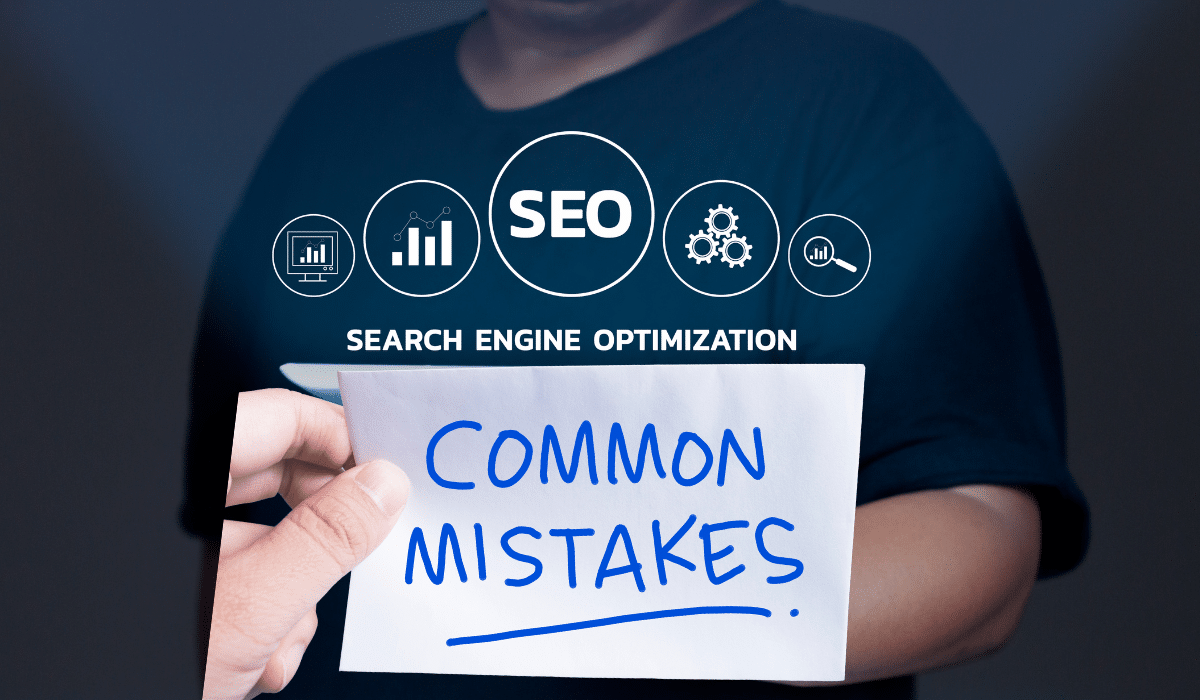Mastering E-commerce SEO in 2024: A Comprehensive Beginner’s Guide
E-commerce SEO Guide 2024 (A Beginner’s Guide) With the digitization of all aspects of our lives, e-commerce SEO is becoming increasingly essential for online store owners. As more and more people resort to search and buy online, even in small cities and towns, it is the unspoken rule that if you sell anything; you need to get online. Last year, retail e-commerce sales were approximated at $6.3 trillion! And this is only set to increase. So, if you own an online store or work for one, digital marketing, specifically SEO, is a must-have skill. Why? Because SEO helps your online store rank higher in search engine results, making it easier for potential customers to find you. It drives; With the right e-commerce SEO strategies, you can attract more visitors, convert them into customers, and ultimately, grow your business. In this guide, I will guide you through the e-commerce SEO, from its importance, tools, and tips to make the most of this branch of SEO. Let’s get started. What is E-commerce SEO? E-commerce SEO, or Search Engine Optimization for e-commerce, is the practice of optimizing an online store to rank higher in search engine results pages (SERPs). The goal is to increase organic (non-paid) traffic from search engines like Google, Bing, and Yahoo, ultimately leading to more sales and revenue. Here’s a detailed explanation of what E-commerce SEO involves: Key Components of E-commerce SEO Other important aspects of on-page SEO for e-commerce include; Product Descriptions, URL Structure, and Header Tags. Also pay attention to mobile-friendliness, site architecture, and secure site protocol (HTTPS). Why is SEO Important for E-commerce? SEO is crucial for e-commerce because it directly impacts your store’s visibility, traffic, and sales. Here’s why SEO is important for your e-commerce store or business. All these points affect the bottom line of any online business. And that tells why e-commerce SEO is a must-have and must-do for any e-commerce store. Now with the definition and benefits out of the way, let us look at the basic steps of having an effective SEO strategy for an e-commerce store. How to create an E-commerce SEO Strategy Creating an effective E-commerce SEO strategy involves several steps. These steps are mutually dependent, and the overall success of your e-commerce SEO efforts relies on all the steps. It is also important to state that e-commerce SEO or any other SEO will never be a one-time strategy. Monitoring and optimizing further is important because the market is dynamic. Now, here’s a step-by-step guide to help you develop a comprehensive SEO strategy for your online store: The 7-step process of starting e-commerce SEO Step 1: Conduct Keyword Research – The first step is identifying your keywords, analyzing what your competitors are ranking for, and organizing the keywords effectively throughout your site. Step 2: Optimize On-Page SEO – On-page SEO elements like title tags, meta descriptions, optimized product descriptions, URL structure, and clearly defined header tags are very important. Optimizing images also falls under this step. Have descriptive image names, alt descriptions, and minify images while maintaining high quality. Step 3: Improve Technical SEO – Technical SEO will encompass things like site speed, HTTPS protocol, site responsiveness, and site architecture. Step 4: Develop a Content Marketing Strategy – This includes planning your content from scratch and in advance. This will also help you plan your internal links. Step 5: Build Backlinks – This is a crucial step in e-commerce SEO and other SEO as well. Backlinks mean a lot to search engines as it is one of the ranking factors. Step 6: Optimize for Local SEO (if applicable) – If you have a physical location or serve a specific geographic area, then optimizing for local SEO is essential. Step 7: Monitor and Analyze Performance – Understanding key metrics such as traffic, bounce rate, and conversions, helps you identify what is driving traffic and sales, as well as where there may be opportunities for improvement. Those are the basic steps you need to get your e-commerce SEO rolling. Once you have them rolled out, you’ll need tools to make your work easier. Here are the top e-commerce SEO tools: Best E-commerce SEO Tools To carry out your e-commerce strategy effectively, you will need tools that give you access to information and data. This is to allow you to make informed decisions and not make guesses. Guessing SEO always proves to be costly. Here are the 6 tools that have been beneficial to me when carrying out SEO consultations and interventions. Ahrefs Ahrefs is a comprehensive SEO tool that helps with keyword research, backlink analysis, competitor analysis, rank tracking, and site audits. The data it provides is vital for understanding the competitive landscape. It will help you identify the keywords your competitors are ranking for and find opportunities to improve your rankings. The backlink analysis feature for example is crucial for building a strong backlink profile, which is a key factor in SEO success. Avada SEO Avada SEO offers various SEO enhancements like optimized code, schema markup, and performance improvements for e-commerce stores. This helps ensure that your site is structured correctly for search engines, with clean code and efficient performance. It also supports schema markup, which can improve how your pages appear in search results. Avada also optimizes images ensuring your pages load faster and therefore contributing to good user experience. Google Analytics Google Analytics tracks and reports website traffic and user behavior. It provides detailed insights into how visitors interact with your site, including metrics like session duration, pages per session, and bounce rate. This set of data is necessary to make informed decisions and improve overall site performance and user engagement. Screaming Frog Screaming Frog is a website crawler that analyzes site architecture and identifies technical SEO issues. It can find broken links, duplicate content, and other on-page SEO problems. This tool is particularly useful for large e-commerce sites with many pages, as it helps maintain site health and performance. SEO Ant SEO Ant is an AI-powered



